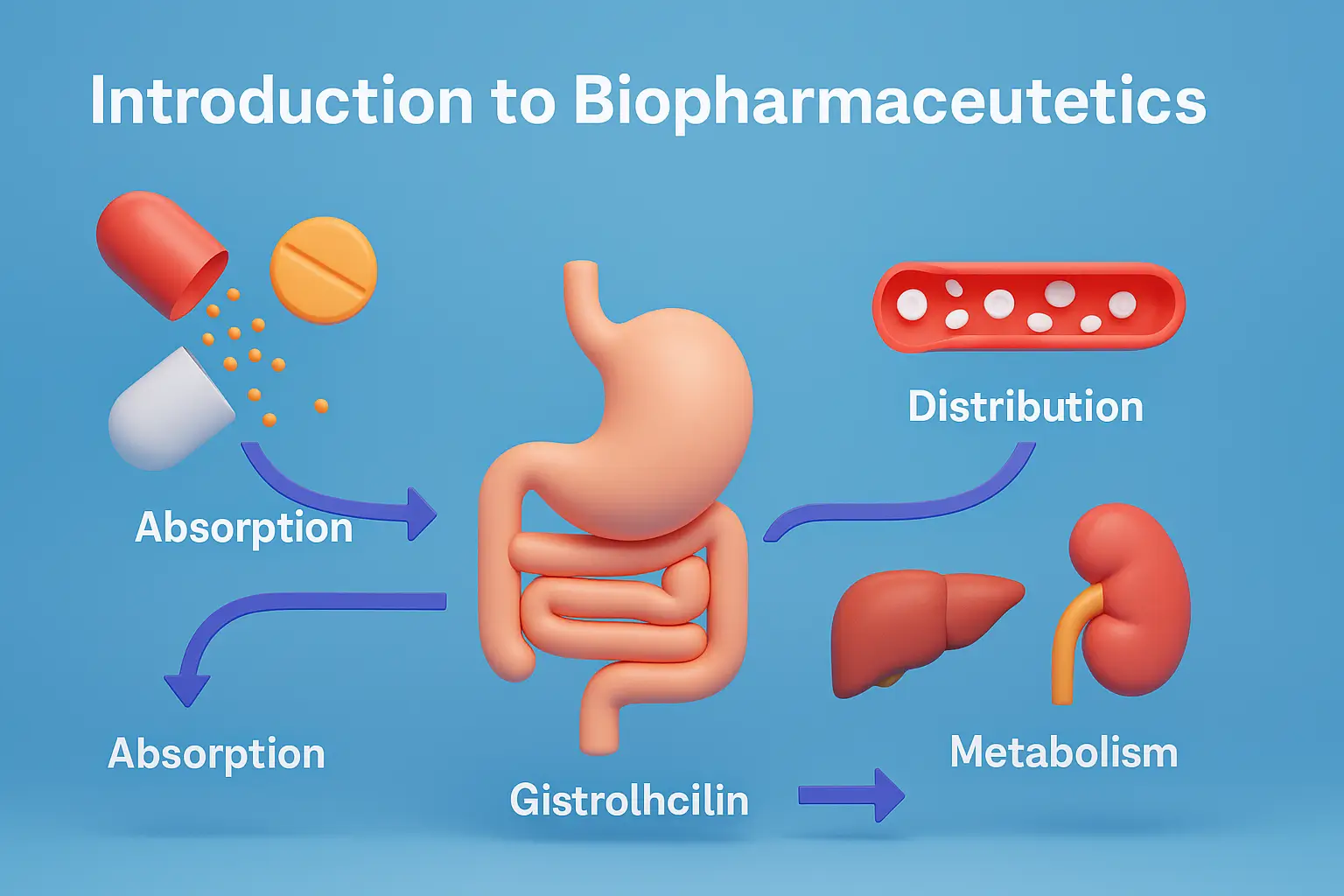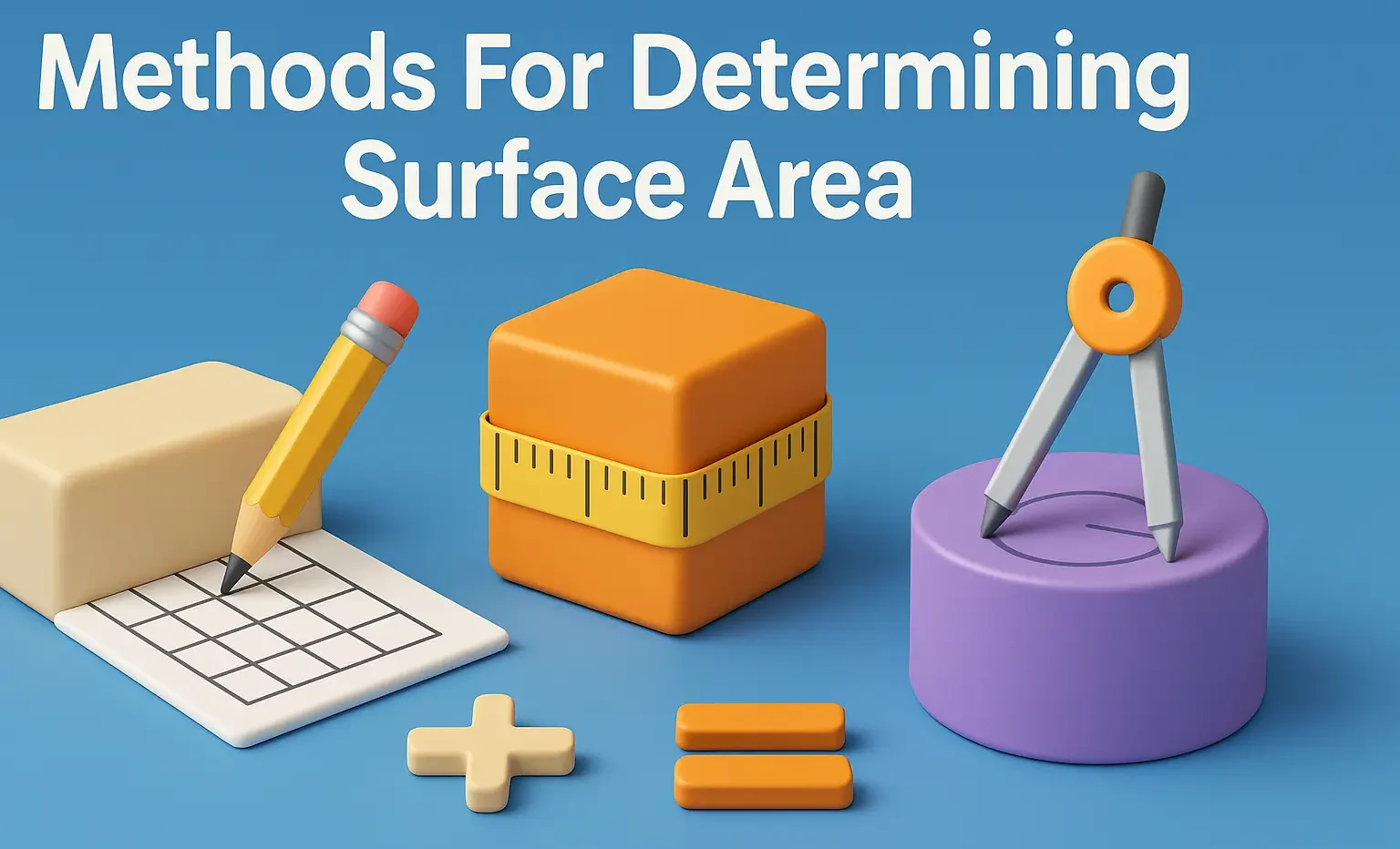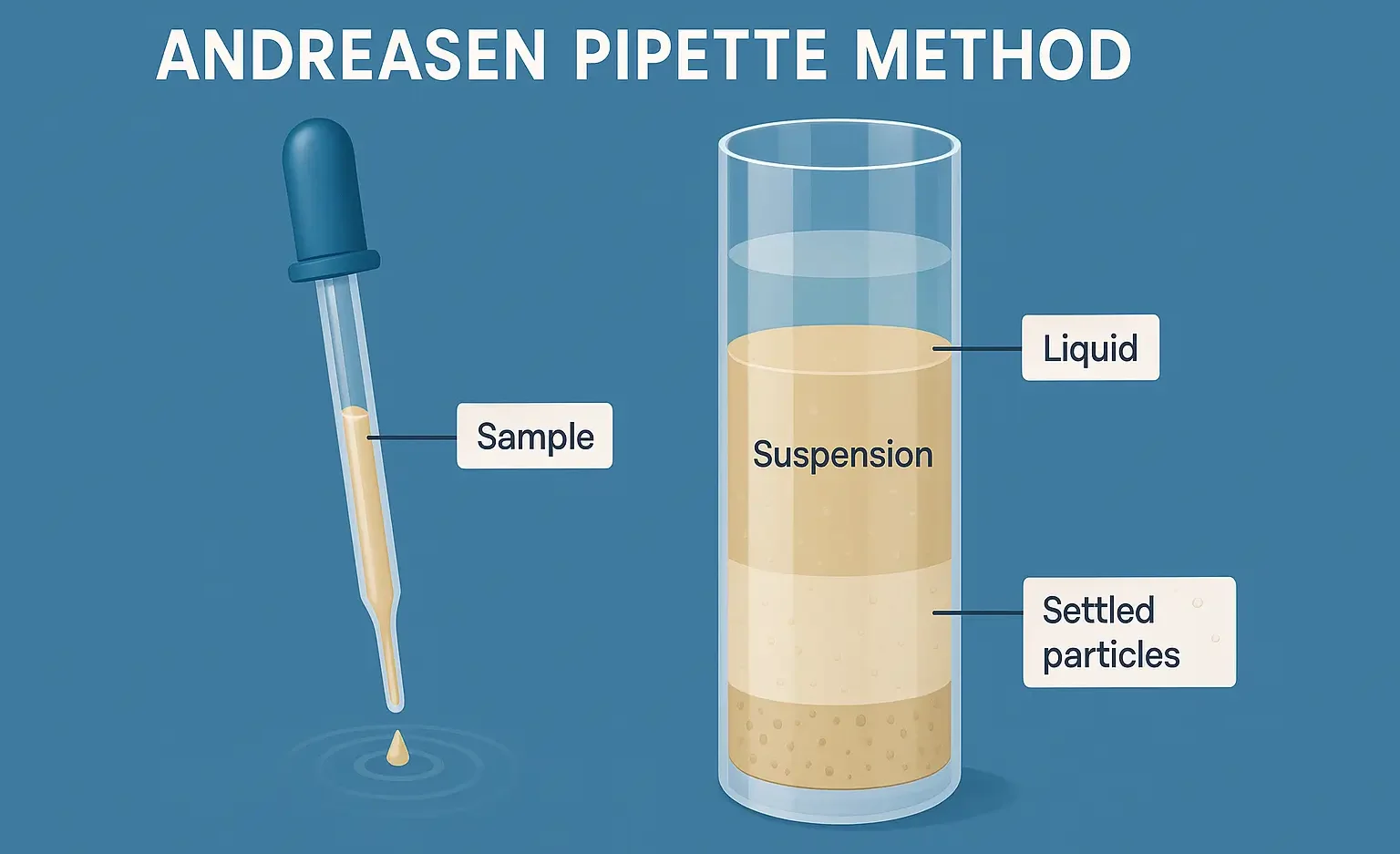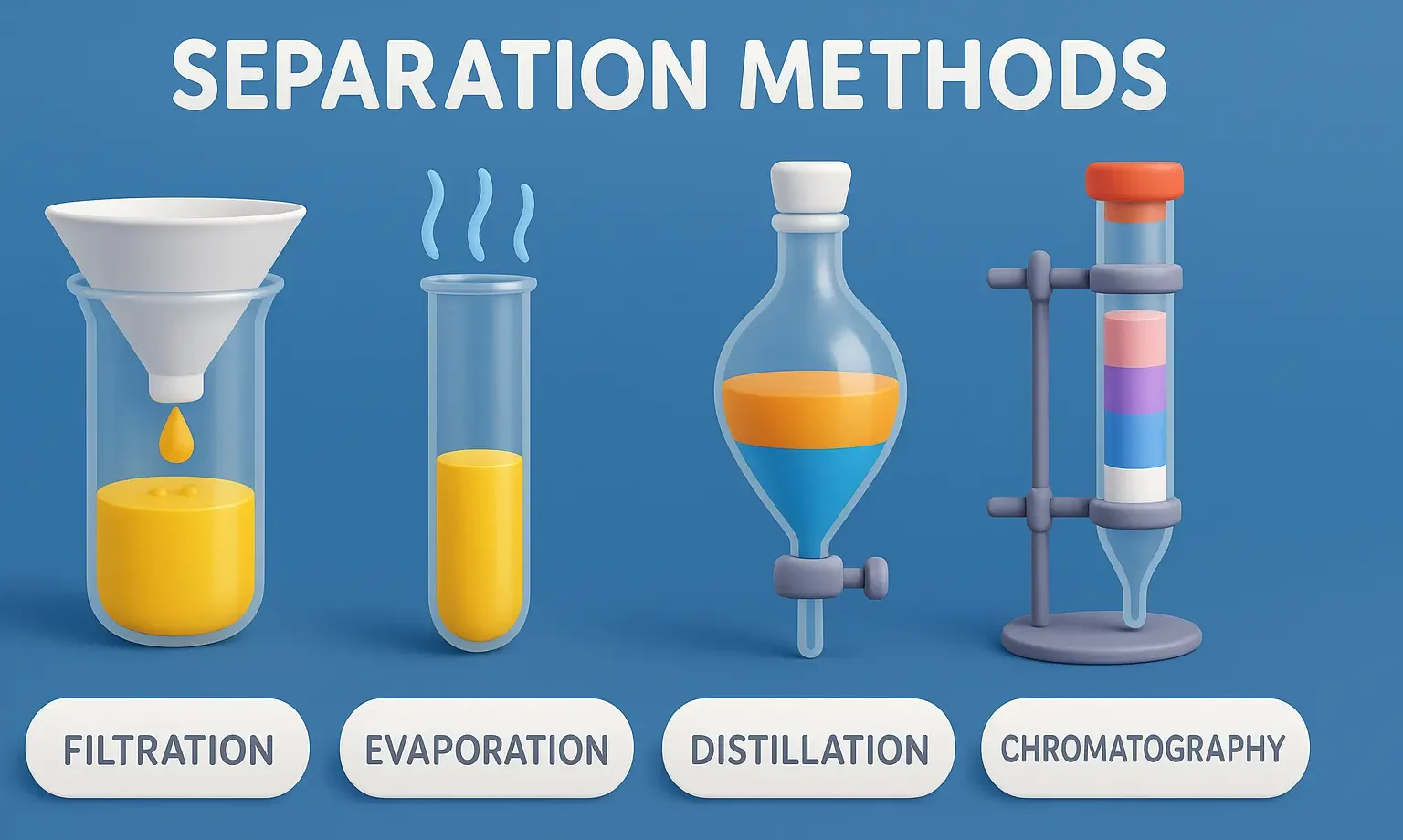Introduction to Biopharmaceutics
Introduction to Biopharmaceutics explores drug absorption, distribution, metabolism, and excretion with focus on therapeutic effectiveness. Introduction to Biopharmaceutics Definition and Scope Biopharmaceutics studies the interrelationship between a drug’s physical, chemical, and biological properties and its absorption, distribution, metabolism, and excretion. It connects drug formulation with its therapeutic effects. Importance in Drug Development and Therapy Formulation … Read more










